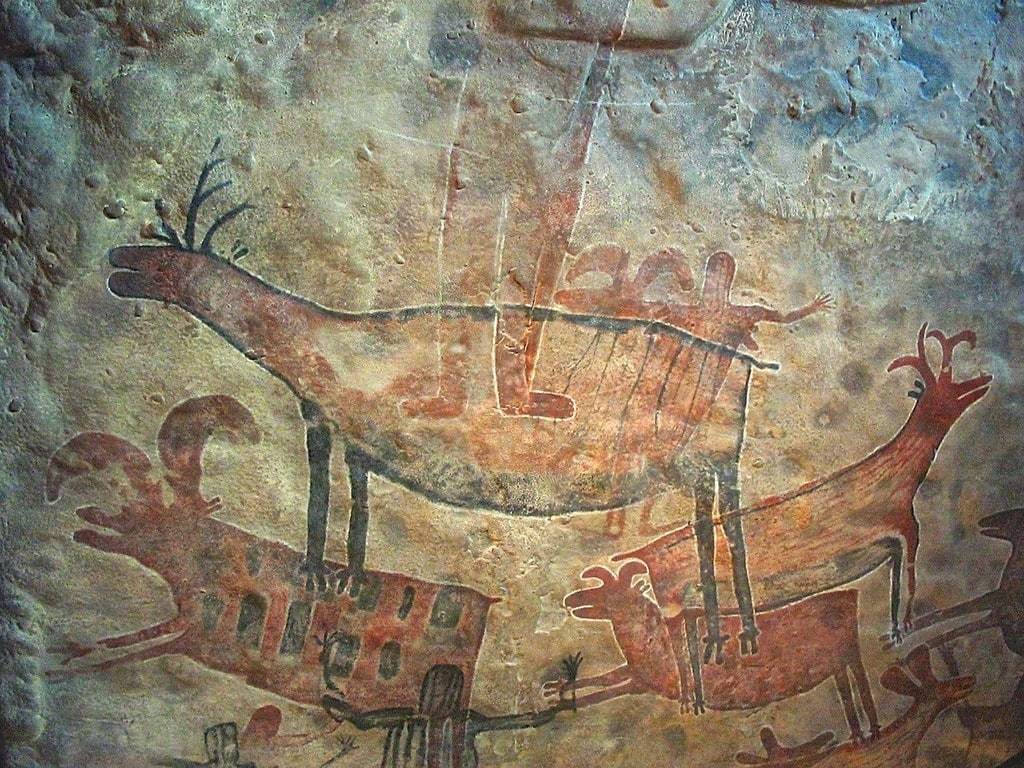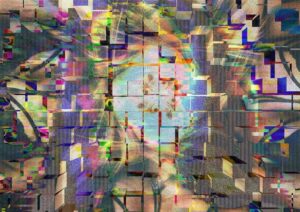„`html
Art is a powerful medium that reflects and influences the cultural evolution of societies. It serves as a mirror to human experiences, beliefs, and values across different historical periods. This article explores the intricate relationship between art and cultural evolution, analyzing how artistic expressions document societal shifts and challenge prevailing norms.
The Historical Context of Art as a Reflection of Culture
Throughout history, art has played a pivotal role in illustrating the cultural evolution of societies. From the symbolic cave paintings of the prehistoric era to the vibrant digital artworks of the 21st century, each artistic movement embodies the spirit of its time. For instance, the Renaissance marked a revival of classical knowledge and aesthetics, reflecting a renewed interest in humanism and scientific inquiry. Artists like Leonardo da Vinci and Michelangelo depicted the human form with unprecedented realism, signaling a shift towards individualism and the exploration of human potential.
Art Movements and Societal Changes
In contrast, the 20th century saw movements like Cubism and Surrealism, which challenged traditional artistic conventions and mirrored the fragmented and uncertain nature of modern life. These artistic revolutions were not mere aesthetic shifts; they were deeply intertwined with the social and political upheavals of their times. This dynamic relationship between art and culture illustrates how artistic expression serves as both a product and a catalyst for change, providing invaluable insights into human history.
Art as a Medium for Social Commentary
Art has always been a powerful platform for social commentary, giving voice to those often marginalized by society. Artists have used their work to critique societal norms, question authority, and advocate for change. The Dada movement, for example, emerged as a reaction to the atrocities of World War I, denouncing the logic that led to widespread destruction. Similarly, the Harlem Renaissance celebrated African American culture while responding to systemic racism and social inequality. Such movements illustrate how art engages the public in critical dialogues about societal issues, encouraging reflection and action.
Art, Identity, and Cultural Heritage
The intersection of art and identity is a compelling aspect of cultural evolution. Artistic expression allows individuals and communities to articulate their unique experiences and perspectives, shaping notions of identity. Indigenous art, for instance, serves as a profound expression of cultural heritage, communicating the histories, values, and stories that define a community’s identity. In a globalized world, the fusion of various artistic traditions has led to hybrid forms of expression, challenging conventional boundaries and reflecting the multifaceted nature of modern identities.
The Impact of Digital Technology on Artistic Expression
The advent of digital technology has revolutionized how art is created, shared, and experienced. Digital art forms, including virtual reality installations and interactive media, expand the boundaries of traditional art, allowing for immersive experiences. This technological transformation not only alters the aesthetics of art but also its role in society. Social media platforms enable artists to reach global audiences, leading to a proliferation of diverse voices and styles that reflect contemporary culture’s plurality. The digital realm becomes a new frontier for artistic exploration, showcasing the evolution of cultural narratives in real time.
Preserving and Interpreting Cultural Narratives Through Art
Artistic expressions serve as profound repositories of cultural narratives, encapsulating the essence of human experience. By studying these creative outputs, one can better understand the values, beliefs, and struggles that define different societies across time. Institutions like museums and galleries play a critical role in preserving cultural heritage, curating collections that highlight specific narratives and offering insights into the ongoing dialogue between art and society.
Conclusion: The Significance of Art in Cultural Evolution
Art remains a vital force in shaping and reflecting cultural evolution. Its ability to communicate complex ideas, challenge established norms, and provide a space for diverse voices ensures its continued relevance in the social sciences. As societies evolve, art will undoubtedly adapt, offering invaluable insights into the human condition and the ever-shifting landscape of cultural expression. The interplay between art and culture not only enriches our understanding of history but also fosters connections among individuals across different backgrounds and experiences.



„`

